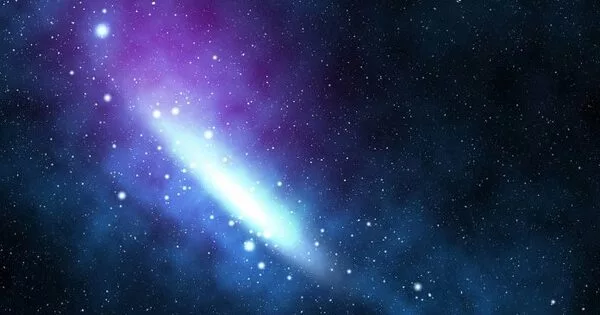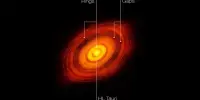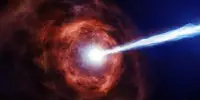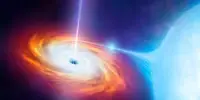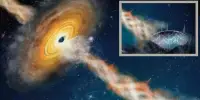Planets are typically not much older than the stars that they orbit. Consider the Sun: it was created 4.6 billion years ago, and Earth followed not long after. However, KU Leuven astronomers discovered that another scenario is also possible. Some stars can still form planets even when they are near death. If this is confirmed, theories about the formation of planets will need to be revised.
Planets like Earth, as well as all the other planets in our solar system, formed shortly after the Sun. Our Sun began to burn 4.6 billion years ago, and the matter around it clumped together to form protoplanets over the next million years. The birth of the planets in that protoplanetary disc, a gigantic pancake made of dust and gas, so to speak, with the Sun in the middle, explains why they all orbit in the same plane.
However, such dust and gas discs do not have to be limited to newborn stars. They can also form independently of star formation, such as in the vicinity of two dying stars (binary stars are two stars that orbit each other, also called a binary system). When the end of a medium-sized star (such as the Sun) approaches, it catapults the outer part of its atmosphere into space, where it eventually dies as a white dwarf. The gravitational pull of the second star, however, causes the matter ejected by the dying star to form a flat, rotating disc in the case of binary stars. Furthermore, this disc is strikingly similar to the protoplanetary discs observed around young stars elsewhere in the Milky Way.
We found that heavy elements like iron were very scarce on the surface of the dying star in evolved binary stars with a large cavity in the disc. This observation suggests that dust particles rich in these elements were trapped by a planet.
Jacques Kluska
We were already aware of this. What is new is that the discs surrounding so-called evolved binary stars frequently show signs that could point to planet formation, as discovered by an international team of astronomers led by KU Leuven researchers. Furthermore, their observations show that this is the case for one out of every ten of these binary stars. “We see a large cavity (a void/opening, ed.) in the disc in 10% of the evolved binary stars with discs we studied,” says KU Leuven astronomer Jacques Kluska, first author of the article in the journal Astronomy & Astrophysics describing the discovery. “This is an indication that something is floating around there that has collected all matter in the cavity area.”
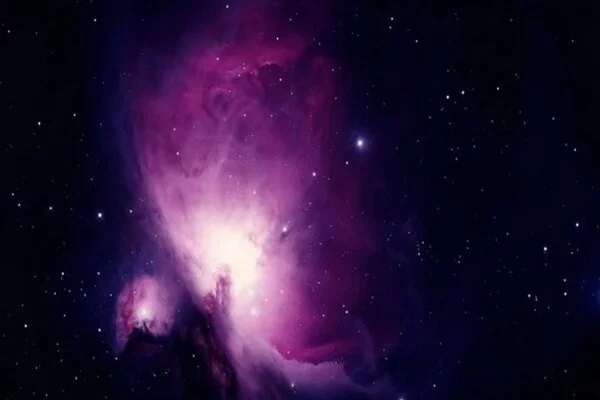
Second-generation planets
The cleanup of the matter could be the work of a planet. That planet could have formed at the end of one of the binary stars’ lives, rather than at the beginning. The astronomers discovered additional strong evidence for the presence of such planets. “We found that heavy elements like iron were very scarce on the surface of the dying star in evolved binary stars with a large cavity in the disc,” says Kluska. “This observation suggests that dust particles rich in these elements were trapped by a planet.” By the way, the Leuven astronomer does not rule out the possibility of several planets forming around these binary stars in this manner.
The discovery was made when the astronomers were drawing up an inventory of evolved binary stars in our Milky Way. They did that based on existing, publicly available observations. Kluska and his colleagues counted 85 of such binary star pairs. In ten pairs, the researchers came across a disc with a large cavity on the infrared images.
Current theories put to the test
If new observations confirm the existence of planets orbiting evolved binary stars, and it turns out that the planets formed only after one of the stars died, theories about planet formation will need to be revised. “The confirmation or refutation of this extraordinary way of planet formation will be an unprecedented test for current theories,” says Professor Hans Van Winckel, head of the KU Leuven Institute of Astronomy.
The KU Leuven astronomers hope to test their hypothesis soon. To that end, they will use the European Southern Observatory’s large telescopes in Chile to look closely at the ten pairs of binary stars whose discs show a large cavity.
